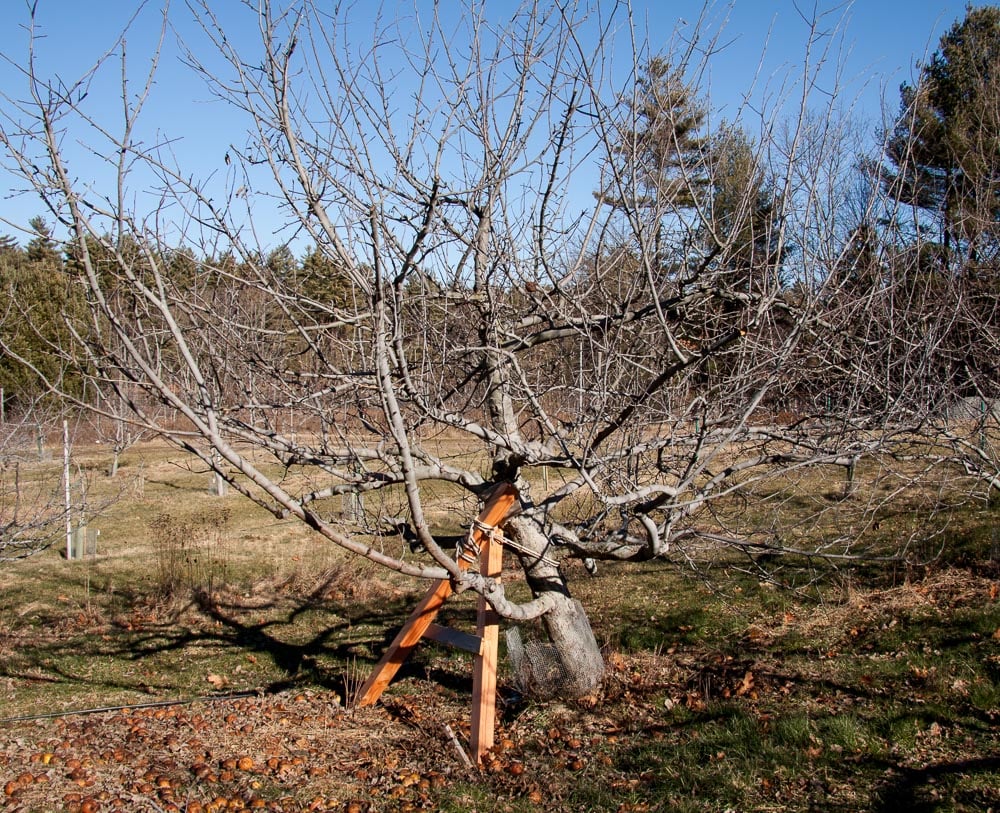Thoreau said that you must walk like a camel because it is said to be the only beast that ruminates while it walks. He got me pondering about this word ruminate. Chewing the cud is ruminating and pondering is also ruminating.
Ruminants are animals with multiple stomachs and the largest and first stomach is called the rumen. Cows, for example, have four stomachs. Grazing they fill their first one, the rumen, with barely chewed grass. Then they find a comfortable place to rest. From the rumen they bring back up this grass and chew and chew. They ruminate, they ponder, maybe even ask, “Who am I?” What is Cow?” The progressively smaller bits of grass when swallowed pass into the second stomach and then flow into the other two stomachs. Sharp thorns, crab grass — everything is broken down and all the nutrients are taken up. In this way cows and other ruminants eat plant materials that are indigestible by humans and animals with simple stomachs.
Sitting with Ox, wax: Sculpture, LH
Thoreau knew that camels are the only ruminants that walk when they ruminate. [1] I guess all the other ones sit on their duff. He chose the camel to chide us for sitting in libraries with our heads in books (or iPads) and not spending enough time outdoors. When he talked about walking and ruminating he meant that we should make the fields and woods our place to see and learn: we should be like the camel, walk and ruminate, be more present as we stride through this world.
Thoreau’s chiding got to me and I pulled myself out of my comfortable chair (away from my laptop), strapped my saw to my belt and grabbed loppers to begin pruning in the orchard. It was Ground Hog Day, an unseasonably warm day. Punxsutawney Phil (the ground hog in Pennsylvania) did not see his shadow, which meant that warm days were ahead. I tasted spring. It was like the instructions an enthusiastic French winemaker once told me for drinking a good wine, “Il faut le macher.” (You have to chew it.) I chewed spring, pondered over pruning decisions, and could even ruminate on the indigestible after a few hours among the trees.
Only three days later heavy snow fell. Punxsutawney Phil might make better predictions with a little more rumination, but I didn’t care. The snow was beautiful and because we prune apple trees every year they have strong limbs. A camel can carry two hundred pounds, but an apple tree easily holds this weight in fruit, or in snow. There is strength in walking as well as standing.
An apple tree doesn’t have one stomach or four stomachs, but you could consider the entire tree one great rumen. Sunlight, water, and minerals from the soil are turned into into complex carbohydrates, amino acids, and proteins. Not only do these trees grow healthy fruit, but they build organic soil and sequester carbon. Today Thoreau might say, we must stand still, grow deep roots: we must be more like the trees.
1. Technically camels are pseudo ruminants because they have three not four stomachs.



